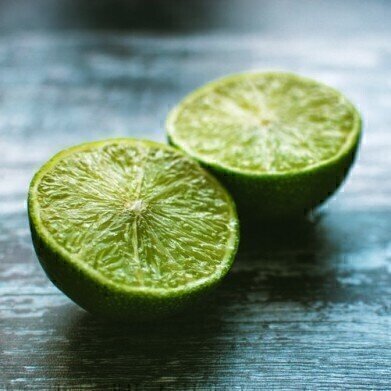Gas Chromatography
What Makes the Best Limes? - Chromatography Works with the Chefs
Jun 05 2020
A lime is a small, round, green citrus fruit that has a sharp and sweet flavour. It is not used much in UK cooking – but limes are a staple of Asian and Mexican cuisine. It is a highly aromatic fruit that is much valued by chefs, particularly in South East Asia. A recent paper published in the journal Applied Science and Engineering Progress reports on work carried out by scientists in Thailand and Singapore to identify the compounds contributing to the flavor of lime juice from four Thai lime cultivars that influences selection by chefs. And key to the work is the separation science chromatography.
Key, Mexican and Tahitian – limes for all occasions
Limes are thought to have originated in South east Asia or Indonesia before being transported to the Mediterranean region. It was limes that gave the British the name limey after British sailors in the 19th century ate first lemons and then limes to prevent scurvy. The top lime producers are now India, Mexico, China, and Argentina, with over 19 million tonnes of limes produced each year. There are three main types of lime: Tahitian, this is the largest of the limes and has an acidic flavour; Mexican limes are smaller and very aromatic with a bright green skin; Key limes of the pie fame, paler skin and very juicy with a strong flavour.
Limes are 88% water, 10% carbohydrate and a little bit of protein and fat. It is only the relatively high vitamin C content at 35% that gives limes any nutritional benefit alongside the phytochemicals present in the skin and pulp which are being studied to help unlock the hidden benefits of polyphenols, terpenes and other phytochemicals. But when it comes to taste – what is it that makes chefs go for certain limes? Can chromatography help chefs achieve culinary greatness?
Chromatography and chefs get the flavour right
The flavour of citrus fruits lies in the balance between organic acids and sugars. Sweetness is provided by glucose, fructose, and sucrose whilst sour flavours come from organic acids, mainly citrus acid. Compounds like naringin and limonin are flavour constituents that give a bitterness to limes. The volatile compounds such as monoterpene hydrocarbons like limonene, γ-terpinene and aldehydes like decanal also contribute to the flavour and taste of limes.
The researchers behind the paper referenced above used gas chromatography-mass spectrometry and liquid chromatography alongside human experts in smell and taste – namely chefs. The use of chromatography to analyse samples in the food chain is discussed in the article, The Detection and Quantification of Dicamba and Acid Herbicides in Agricultural Samples.
The chefs, aided by chromatography identified the desirable odorants in limes, including compounds like terpinolene and linalool that contributed floral notes to affect the selection of the chefs. The researchers were able to identify chemical differences between the lime varieties analysed that influence the flavour and thus the chef’s preferences.
Cooking with chromatography – it is the future
Digital Edition
Chromatography Today - Buyers' Guide 2022
October 2023
In This Edition Modern & Practical Applications - Accelerating ADC Development with Mass Spectrometry - Implementing High-Resolution Ion Mobility into Peptide Mapping Workflows Chromatogr...
View all digital editions
Events
Apr 23 2024 Kintex, South Korea
Apr 23 2024 Seoul, South Korea
Apr 28 2024 Montreal, Quebec, Canada
May 05 2024 Seville, Spain
May 15 2024 Birmingham, UK













